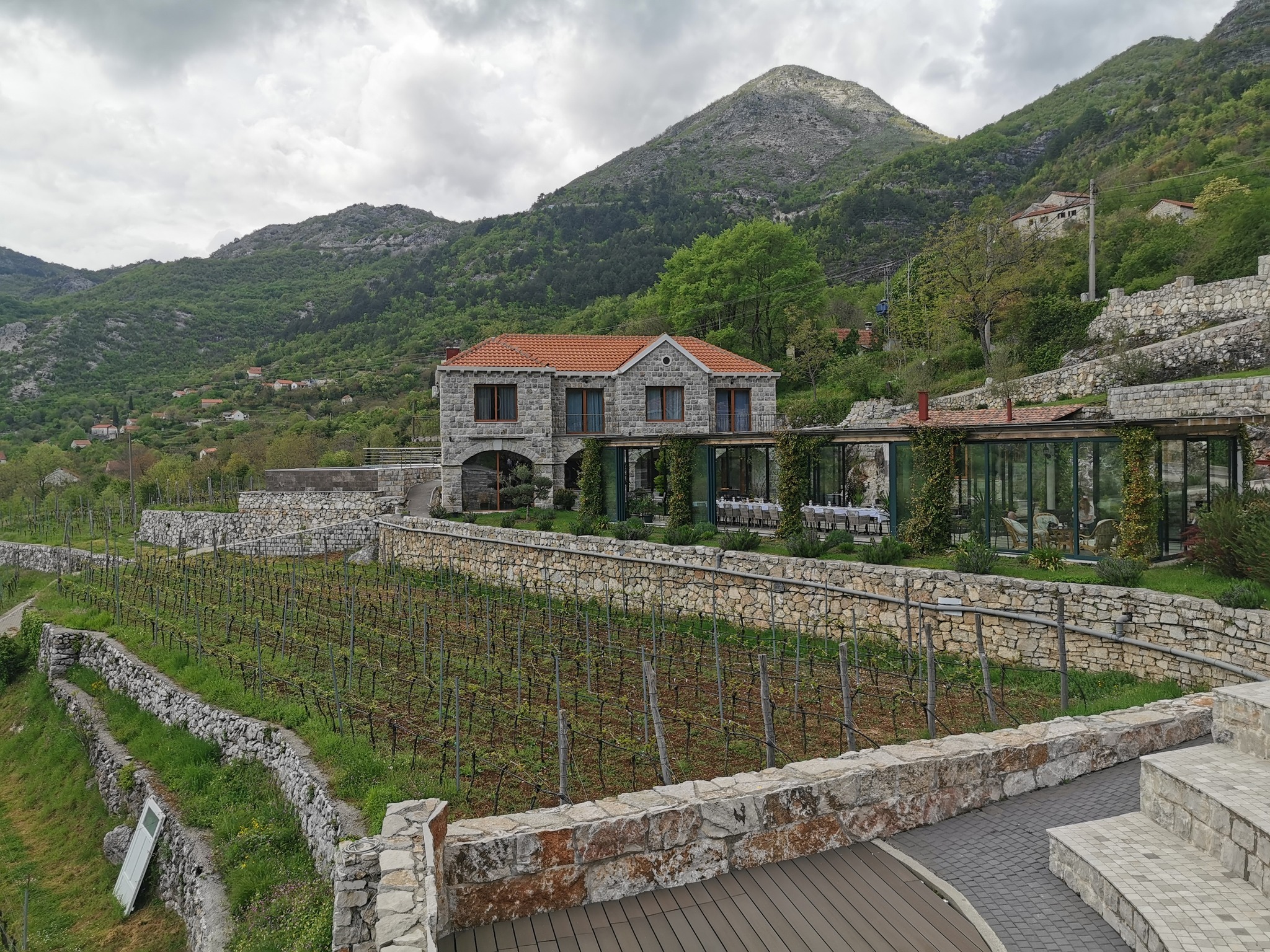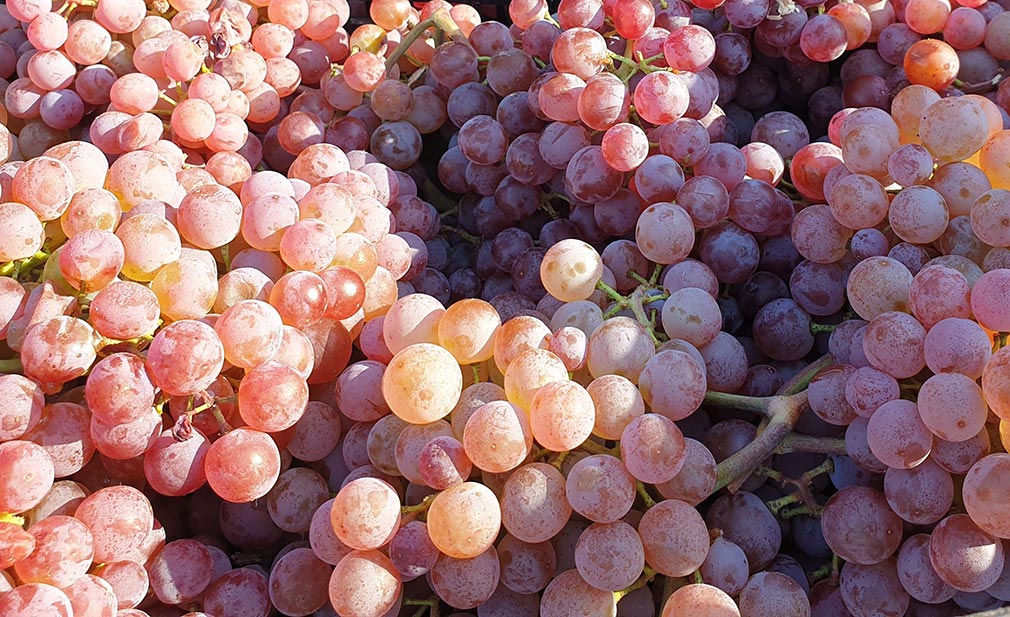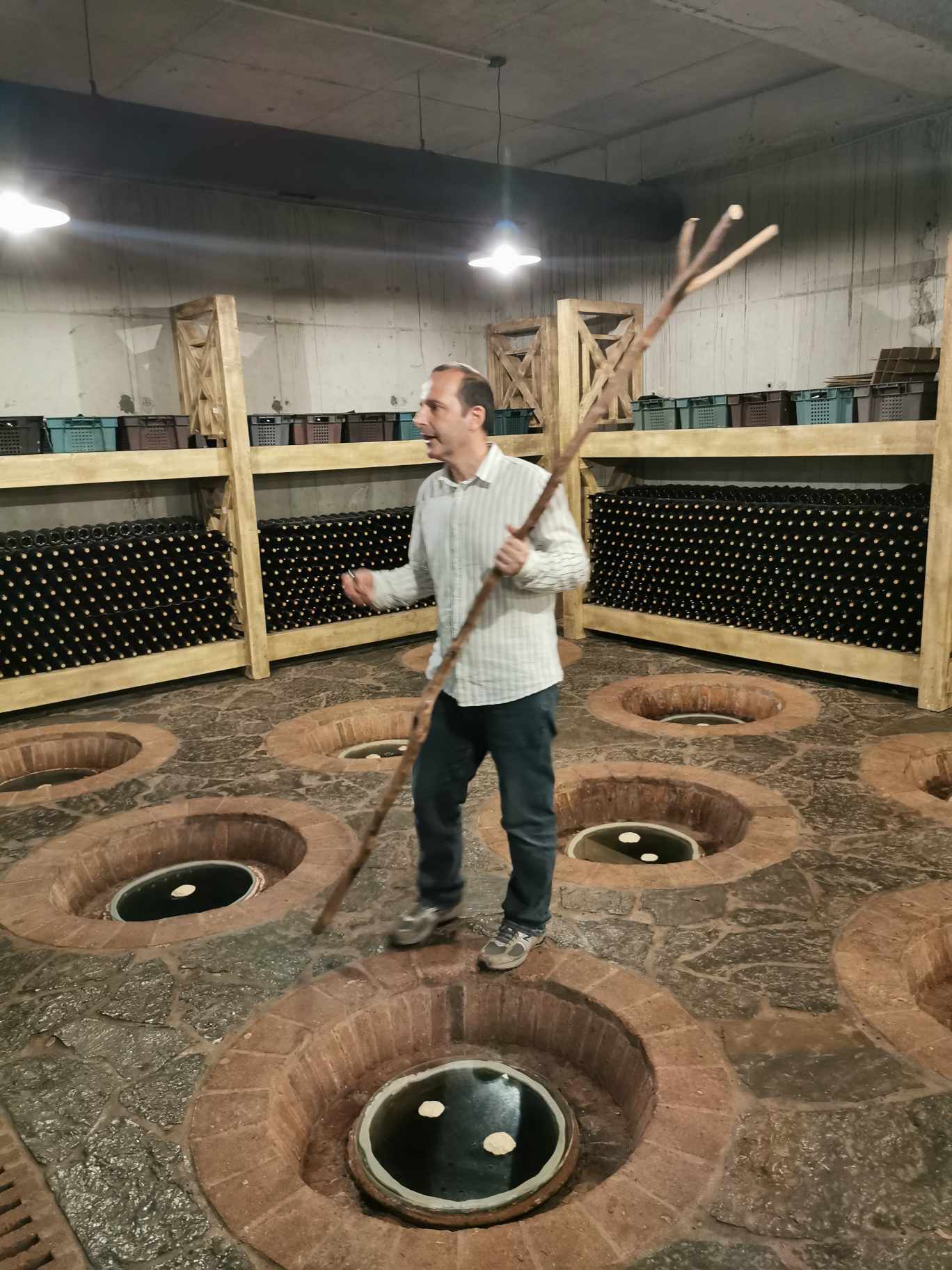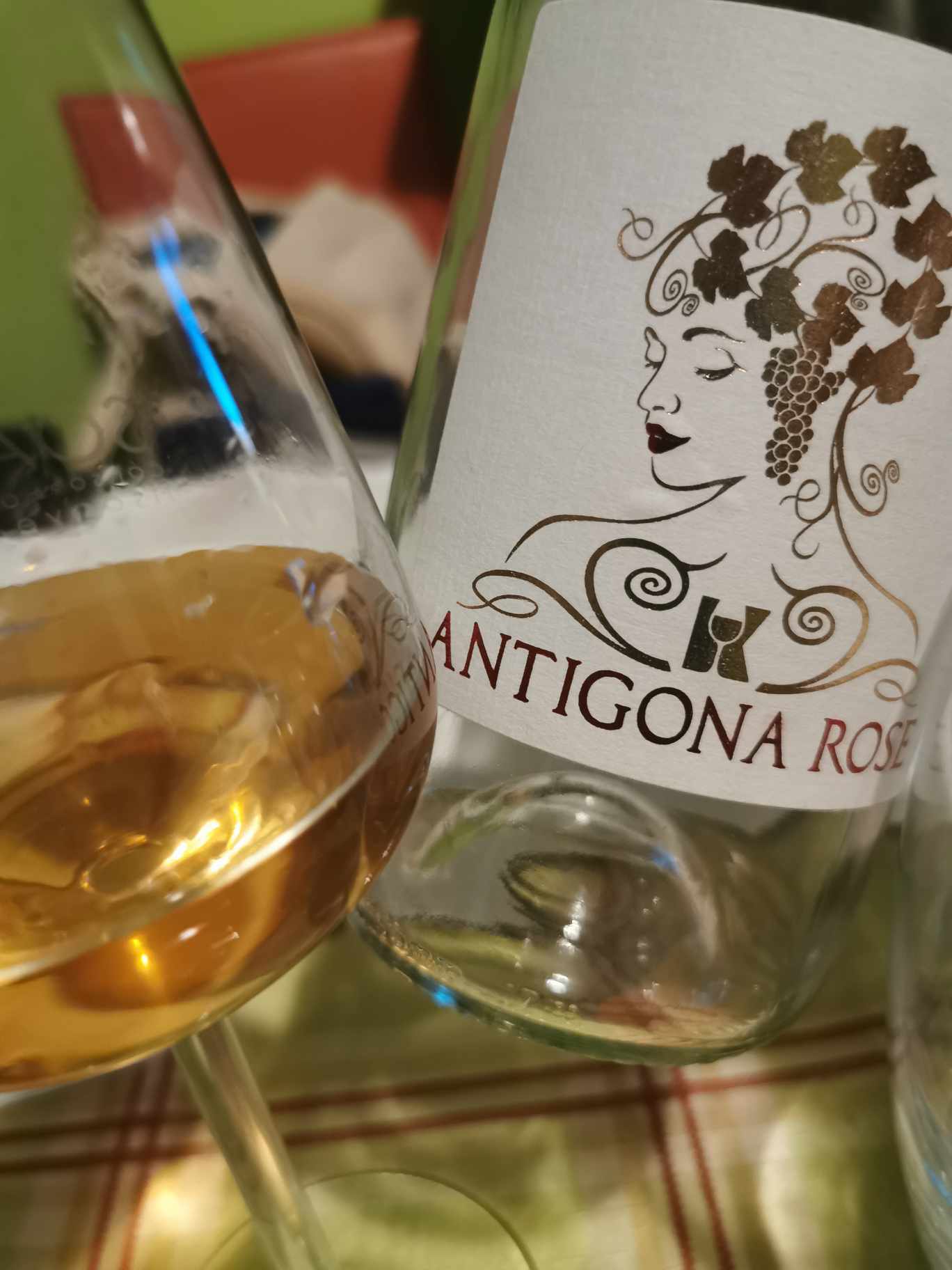News
News / 06/10/2015 / 1623
I'm still dealing with the topic of wine critics in the region ... In recent days, the wineloving public was stirred by colleague "Wine Judge" from our brotherly country Croatia because his comments didn't spare Sonata 2014 wine from Jeremić Winery.
Somewhat extreme attitude (as a wine journalist, I understand colleague's aspiration to draw attention to himself) provoked an avalanche of equally extreme comments.
I think that written article is the mirror which reveals all of us who write and review wines. Our expertise and our creativity is contained there. For that reason, we shouldn't call for prohibition, bans and similar actions against written reviews because we must understand that nowadays everyone is entitled to publish his own opinion.
Here is a practical example that will show you how to read and understand wine review...
"White foam in the glass and smell of " nettle soaked in hot water " as if my Dad's making cheese & nettle pie. Quite persistent aroma with this regard.
Gripping acidity on the palate. Refreshing like Orangina (because I deliberately avoid mentioning Fanta), only until another and another ... and another sip. Never enough. False thirst quenching.
Dry, dull and somewhat boring. Grapefruit in the aftertaste and 12.2% alcohol, which is definitely not noticeable. Unlike grapefruit. Unfortunately.
But this wine is artfully assembled. Honour to its father and mother, but I wish no more of this emphatically "fabricated" wine. Taking into account the year 2014, maybe I am expecting too much. Superficial wine, fabricated, apparently very "fabricated".
A puppet attached to strings, but showing the thread from which it hangs. Quite flaunting. The saddest thing, Sonata from 2014, the way it is, is still an example for many others. I guess that's because Schweppes bitterlemon tastes better than most Sauvignons available in these regions.“(izvor. Vino.rs, link: http://www.vino.rs/podrum/vinski-sudija/item/1682-jeremic-sonata-2014.html )
So, let's kick off...
Step one - Extract all parts in the text that give factual description of the wine, i.e. without emotional statements, descriptions that resemble haiku poetry, metaphors, hyperbole and other figures of speech .... I have singled out such statements in the colleague's review and marked it in red. Thus we came to a description of the wine:
"White foam in the glass (probably occurred during fast pouring of wine into the glass), The nose is dominated by herbal aroma, particularly nettle, vibrant acidity in the mouth, refreshing. Dry in the mouth, so no residual sugar. Grapefruit aroma in the finish, 12.2% alcohol is incorporated well so it doesn't disturb. Good balance. "
This description shows what my colleague really found in Sonata 2014 from Jeremić winery. Mhmmm, sounds fine...
This is followed by a section of text which is irrelevant when it comes to wine; it is the section of review where we admire author's originality, creativity, personality. It contains a little bit of everything: exaggeration, bullshit (I apologize for the use of improper language), embellishments, etc. and are mostly an outcome of author's desire to be different from conventional wine descriptions. I marked this part of the text in green. When you read a wine review, that part should be ignored as you might get misled.
Then we come to personal values. I marked this part of the text in violet. It is read by those who appreciate the author and value his/her opinion. Keep in mind that every commodity has its buyers ... It's the same with wine reviewers: everyone speaks to his/her audience which may vary in size.
And finally, we come to the light blue section of the text which accounts for everything else: a deliberate attempt to spark a provocation, or complete ignorance of the topic or anything else... and maybe all this at the same time. Something like that Albanian drone above the stadium during football match Serbia-Albania which was interpreted as a practical joke. I just wonder how many Sauvignon Blanc wines from the Balkans "the wine judge" had an opportunity to taste .... and the discussion is no longer needed.
Now that we've done a lobotomy of a wine judge, you realize that there is absolutely no need to prohibit anybody's work. Those who are interested in wine will read text written in red letters. Those who like the power of the written word and prefer reading something new, original, creative, can read parts marked in green. Purple parts should be read if you trust wine judge's opinion, whilst the light blue part can be skipped. If the purpose of this part is to spark a provocation, i.e. vulgarization (I wrote previously about this topic on vinopedia website), you can evaluate for yourself the usefulness of such writing for the rising wine scene (it seems to me that the author is the sole beneficiary). But, if we are dealing here with the author's ignorance of the topic, then you don't need to read red or green or violet section of the text or anything ... Find something more authentic and someone who knows what he/she is writing about!

Tomislav Ivanović
Awarded wine writer, wine critic and contributor to selected wine magazines. WSET3-certified author and editor-in-chief of www.vinopedia.rs. Member of Vojvodina Sommelier Association. Juror in national and international wine competitions. Lecturing about wines of Serbia and the Balkans. Local partner of Wine Mosaic organization. Co-founder of International Prokupac Day.

Pročitajte i druge članke iz ove rubrike:


KRATOŠIJA PROBUDILA CRNOGORSKE VINARE
PROČITAJ VIŠE


VINOPEDIA TOP 10 2024
PROČITAJ VIŠE


GIUAANI - VINSKI TURIZAM NA GRUZIJSKI NAČIN
PROČITAJ VIŠE


SPASIMO STARE VINOGRADE SRBIJE
PROČITAJ VIŠE


NAŠLI SMO ANTIGONU IZ ORAHOVCA
PROČITAJ VIŠE
Winner MILLESIMA BLOG AWARD 2016

Pobednik MILLESIMA BLOG AWARD 2016
VINO & FINO wine personality of the year 2016

VINO & FINO vinska ličnost godine 2016